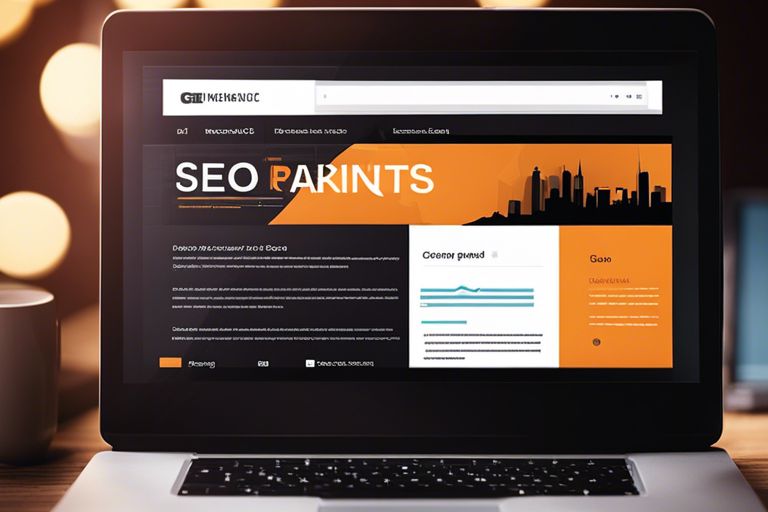On-Page SEO is an vital aspect of any successful digital marketing strategy. It involves optimizing various elements on your website to improve its visibility and ranking on search engine results pages. By focusing on On-Page SEO, you can ensure that your website is easily discoverable by users who are actively searching for the products or services you offer. Here is the ultimate guide to help you boost your website ranking through On-Page SEO.
Keyword Research: The first step in optimizing your website is to identify relevant keywords that your target audience is searching for. Use tools like Google Keyword Planner or SEMrush to find high-volume keywords with low competition that you can integrate into your content.
Optimize Title Tags: The title tag is a crucial On-Page SEO element as it tells search engines and users what your page is about. Make sure to include your target keyword in the title tag and keep it concise yet descriptive.
Meta Descriptions: While meta descriptions may not directly impact your search engine ranking, they play a key role in improving click-through rates. Write compelling meta descriptions that include your target keywords to entice users to click on your link.
High-Quality Content: Content is king when it comes to On-Page SEO. Create informative, engaging, and unique content that provides value to your audience. Incorporate your target keywords naturally throughout the content while ensuring it remains user-friendly.
Optimize Heading Tags: Use HTML heading tags (H1, H2, H3, etc.) to structure your content logically. Include your target keywords in the heading tags to indicate the main topics of your page to search engines.
Optimize Images: Images can enhance the visual appeal of your website, but they can also impact your SEO efforts. Optimize image file names and alt tags with relevant keywords to improve your chances of ranking in image search results.
Internal Linking: Create a network of internal links between your pages to help search engines navigate and index your website more effectively. Internal linking also helps users discover more of your content, which can increase user engagement and time spent on your site.
Mobile-Friendliness: With the increasing use of mobile devices, having a mobile-friendly website is crucial for On-Page SEO. Ensure that your website is responsive and optimized for various screen sizes to provide a seamless user experience.
Page Speed: A fast-loading website not only improves user experience but also contributes to higher search engine rankings. Use tools like Google PageSpeed Insights to analyze and optimize your website’s loading speed.
By implementing these On-Page SEO strategies, you can enhance your website’s visibility, attract more organic traffic, and improve your overall search engine ranking. Remember that On-Page SEO is an ongoing process, so regularly monitor and update your optimization efforts to stay competitive in the ever-evolving digital landscape.
CATEGORY:Website Design

